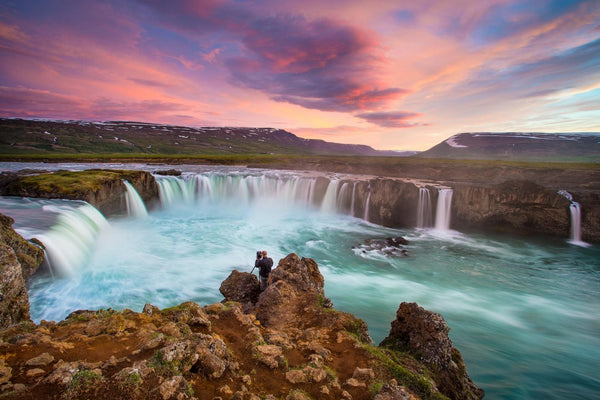
One of the greatest things about being a photographer is the fact the learning process never ends. Like cooks that look for new recipe ideas or singers that constantly hone their vocal skills, it is important as an artist to continue to push the boundaries of what you think you are capable of. Not only does this help you be more creative, but also it often helps you vastly improve your photography as well.
Let’s take a look at five of my favorite tips that I have learned over the last 9 years as a full-time photographer.
1. Photograph Things You Are Passionate About
Over the years I have found that the simple act of capturing images of things you are passionate about can make a huge impact on your photography. Why? Because you care more about the subject matter. You put more into the craft because you feel it is important. You pay more attention to the details. In contrast, it is easy to go through the motions when you are taking a photo of something that you have no true attachment to.

2. Add Atmosphere and Emotion to Your Images
When it comes to photography, what is the one element that connects every photograph ever taken? Light! As photographers, we are constantly chasing light…trying to find new ways to capture it. When used creatively, light can add atmosphere and even emotion to a photo. This is why I often use Spot Metering when out in the field. This allows me to capture very specific spectrums of light, often allowing me to highlight my subject in creative ways.

3. Use Perspective and Scale
When it comes to certain kinds of photography (such as Landscape or Travel), it is often very difficult to get a true sense of the size and scope of a given subject, like a waterfall or building. To solve this issue, it can help to add an element into a scene that allows the viewer to get a feel for just how big (or small) something is. For me, this often means including a human into some of my photography as their general size is a fairly known measurement.

4. Details Matter
One of the drawbacks of the digital age of photography is the fact that most people only ever see their images on either their smart phone, tablet or social media platform such as Facebook. While this is certainly a product of our times, it does allow for a certain amount of quality control to be avoided. My recommendation is to treat every image you take as if it were going to be blown up to 6 feet by 4 feet. This shift in mentality will make you think more consciously about the details of your photo, helping you to determine what distracting elements you might wish to remove when you are either in the field or when you happen to be processing your latest images.

5. Don’t Overly Complicate Your Images
All too often I see photographers capturing and sharing images that simply have too much going on. They are so in awe of a given scene, that they want to include everything they can in their frame. My advice is to go in the opposite direction. If you find yourself getting overwhelmed with different potential photographic opportunities in a given scene, try to isolate your subject more effectively and ultimately simplify your composition. Your viewers will thank you in the end!
